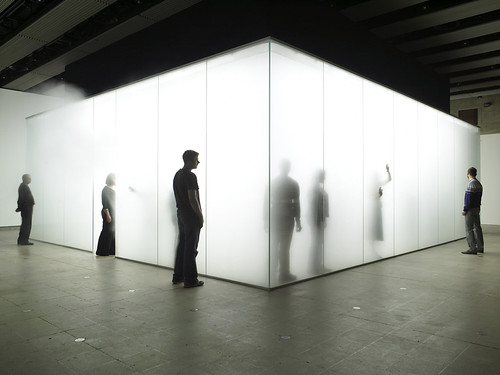
In an unusually touching piece in this week’s New York magazine (Dec. 24-31), entitled “Love Underground,” four couples describe, in their own words, how they met in the subway—and it reminded me again (see below) of how agents and publishers may not be in touch with what the public wants to read and, of course, I AM. Many years ago I wrote a proposal for a book of interviews with couples entitled How They Met. I’d been collecting the stories for some time, my favorite being about how University of Iowa graduate student, Matt, got to spend time with Jude, the aloof and glamorous New York artist and professor, when he accidentally cut off the tip of this finger in the sculpture studio and she, who was supervising the studio, accompanied him to the hospital. He said "it was totally worth it to have this beautiful woman with me in the ambulance, rubbing my chest" (they’ve been together now for many years, and BTW his finger got sewed together and is fine).
Anyway, I wrote up the proposal, got on the subway, and dropped it off at 5:00 at the office of a legendary literary agent. She called at 9:00 the next morning (I was still asleep and, at first, thought it was my aunt calling) to say she was interested in representing the project on the condition that I’d be willing to change it to interviews with celebrities. I was not. That wasn’t my idea at all. Who cares how celebrities meet? My interest was in real people—I saw myself as a collector of oral histories, the Studs Terkel of modern romance, spreading hope among the lovelorn.
Less than two years later I was walking by a bookstore in the Village and there it was in the window, How They Met, interviews with celebrities such as Walter Matthau, Robertson Davies, Jay Leno, Daniel Dinkins, and Carly Simon, published just in time for Valentine’s Day. I just checked, and you can buy it on Abebooks.com for $1.00. Not exactly a bestseller. (However I remember once reading, perhaps in Rolling Stone, that when Carly Simon and James Taylor first met at a party they went immediately into the bathroom to fuck—if it’s in the book, that story alone might make it worthwhile. But do we really care how Mrs. Matthau met Mr. Matthau?)
I can’t do the book now because it’s such a good idea that, completely independently, the New York Times took it up and the “Vows” column on the wedding page, is one of their most popular. However if anyone wants to comment and tell me how they met, I’m all ears.
Anyway, I wrote up the proposal, got on the subway, and dropped it off at 5:00 at the office of a legendary literary agent. She called at 9:00 the next morning (I was still asleep and, at first, thought it was my aunt calling) to say she was interested in representing the project on the condition that I’d be willing to change it to interviews with celebrities. I was not. That wasn’t my idea at all. Who cares how celebrities meet? My interest was in real people—I saw myself as a collector of oral histories, the Studs Terkel of modern romance, spreading hope among the lovelorn.
Less than two years later I was walking by a bookstore in the Village and there it was in the window, How They Met, interviews with celebrities such as Walter Matthau, Robertson Davies, Jay Leno, Daniel Dinkins, and Carly Simon, published just in time for Valentine’s Day. I just checked, and you can buy it on Abebooks.com for $1.00. Not exactly a bestseller. (However I remember once reading, perhaps in Rolling Stone, that when Carly Simon and James Taylor first met at a party they went immediately into the bathroom to fuck—if it’s in the book, that story alone might make it worthwhile. But do we really care how Mrs. Matthau met Mr. Matthau?)
I can’t do the book now because it’s such a good idea that, completely independently, the New York Times took it up and the “Vows” column on the wedding page, is one of their most popular. However if anyone wants to comment and tell me how they met, I’m all ears.
_____
The photo is from the NY Magazine article, of Mitchell Ratchick and Suzanna Ko.









.jpg)







.jpg)





















